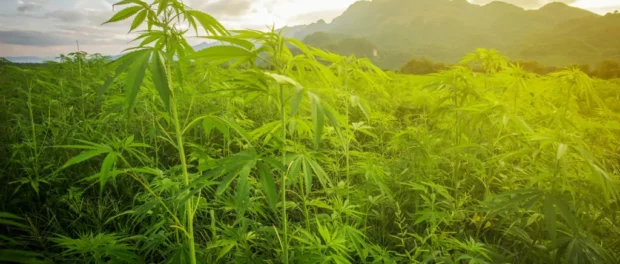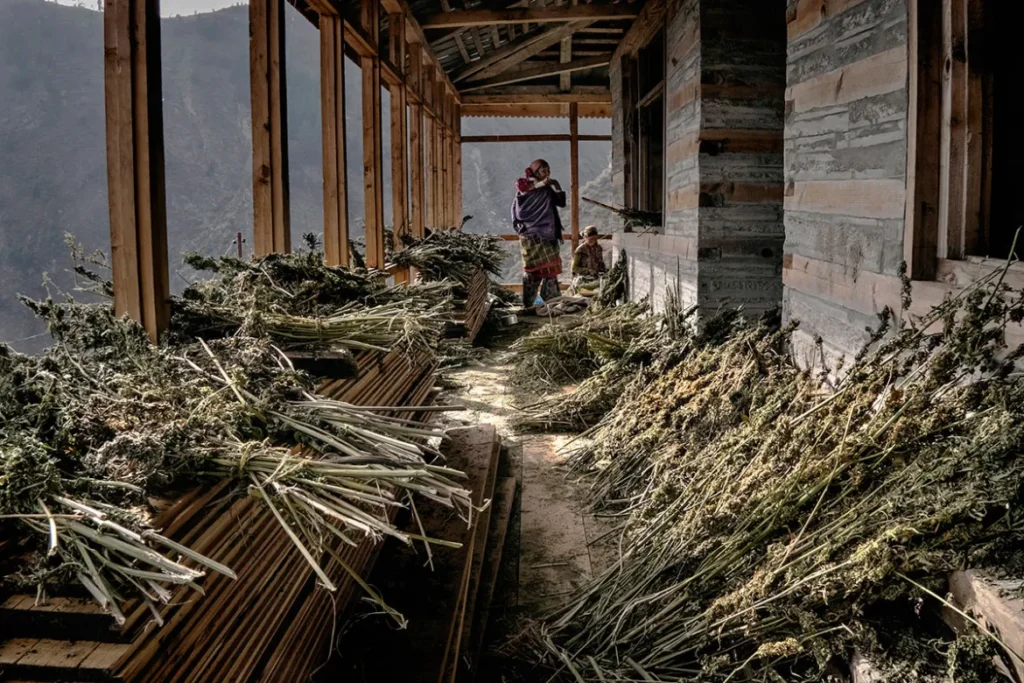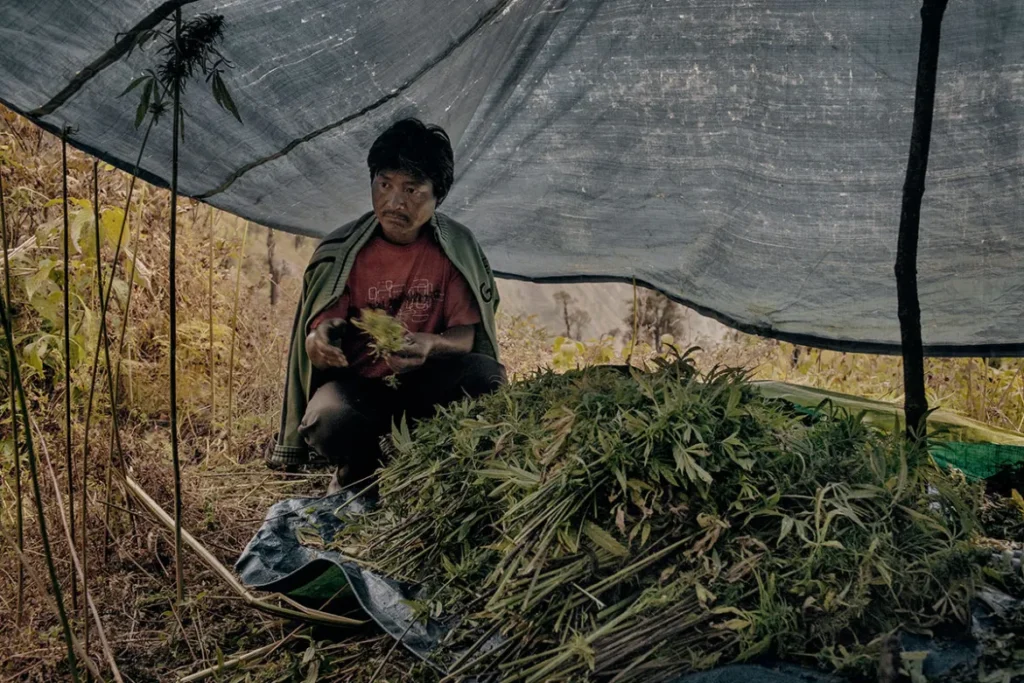“High Grade in the Himalayas: Thousands of Acres of Wild Cannabis Flourish on the Slopes!”



The majestic Himalayas, known for their breathtaking landscapes and rich biodiversity, are now making headlines for a reason that may raise eyebrows. Imagine thousands of acres of high-grade cannabis thriving naturally on the slopes of one of the world’s most iconic mountain ranges! This isn’t just a stoner’s dream; it’s a botanical reality.
Cannabis: A Natural Wonder in the Himalayas
Recent studies have confirmed the staggering abundance of Cannabis sativa in the Western Himalayas, where its Importance Value Index (IVI) reaches a staggering 151.0 in the southern regions, while the northern parts boast a meager 01. This discrepancy underscores the plant’s preference for the warmer, more hospitable climates found in southern areas, while still highlighting its remarkable adaptability to the diverse climatic conditions of the Himalayan terrain.
The Himalayas stretch across five countries—Bhutan, China, India, Nepal, and Pakistan—and serve as a cradle for a wide variety of flora and fauna. Cannabis is particularly noteworthy, as it has been woven into the cultural and economic fabric of local communities for centuries. Each region has its own name for this potent plant, reflecting its significant role in the lives of the people who inhabit these breathtaking mountains.
Recent Research: The Science Behind Cannabis Abundance
In 2024, researchers published a groundbreaking study in ScienceDirect that sheds light on the wild cannabis populations flourishing in the Himalayan region. The study indicates that the plant thrives in the region’s “diverse climatic conditions and topography,” highlighting how elevation and temperature variations create the perfect environment for cannabis to propagate naturally.
Experts in botany and horticulture have praised the Himalayan climate for its unique support of cannabis growth. The plant demonstrates impressive resilience, thriving in both lower, warmer regions and higher, cooler altitudes. Locals have long recognized the value of cannabis, using it for various purposes ranging from cultural and religious practices to its applications as a medicinal herb and as a fiber cultivated from hemp—the less-psychoactive cousin of cannabis.
A Deep-Rooted History
The cultural significance of cannabis in the Himalayan region is deeply rooted in history. A 2022 article published in the Indian Journal of Psychological Medicine explored the historical context and current research surrounding cannabis use in India. The indigenous strain, Cannabis indica, has flourished along the Himalayan foothills and adjacent plains for centuries. For Hindus in India and Nepal, cannabis plays an important role in religious practices, often cited in ancient scriptures.
The earliest reference to bhanga—a preparation made from cannabis—dates back to the Atharva Veda (2000 BC to 1400 BC), where it is described as a sacred grass. It’s also referred to with alternate connotations such as Indracana (Food of the Gods), Vijaya (Victory), and Amrita (Gift). These historical connections illustrate the integral role that cannabis has played in the spiritual and cultural lives of the local populace.
Cultural Significance in Contemporary Society
A 2016 article from National Geographic highlighted the historical and cultural significance of cannabis in the Indian Himalayas. Despite the challenges posed by its illegality at that time, local communities have continued to cultivate and trade cannabis for generations.
Sources like Vice and Atmos Earth have documented the natural proliferation of cannabis in Northern India, particularly in states like Himachal Pradesh and Uttarakhand. Their reports feature firsthand accounts and photographic evidence of cannabis plants thriving alongside native flora, illustrating that this plant is not merely a fleeting trend but a vital part of the region’s ecosystem.
A Bright Future for Himalayan Cannabis
With extensive historical records, contemporary botanical studies, and verification from reputable sources confirming the natural and abundant growth of cannabis in the Himalayas, it seems that the future of this plant is as bright as the peaks of the mountains themselves. As global perceptions of cannabis shift, the Himalayan regions stand poised to play an essential role in the future of cannabis cultivation, trade, and research.
So, as the clouds roll over the towering peaks and the sun shines down on the slopes, one thing is clear: the Himalayas are home to a natural treasure that is as high grade as it gets. The world is watching as this age-old plant continues to grow and flourish in one of the most stunning regions on Earth. Whether it’s for spiritual, medicinal, or recreational use, the story of cannabis in the Himalayas is one of resilience, culture, and an unbreakable connection to the land.

Leave a comment
You must be logged in to post a comment.